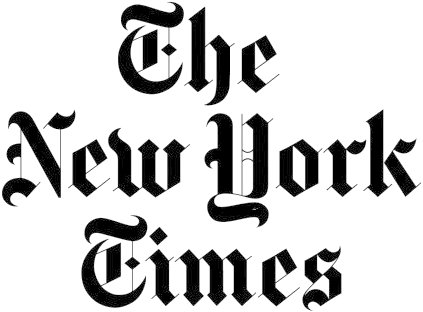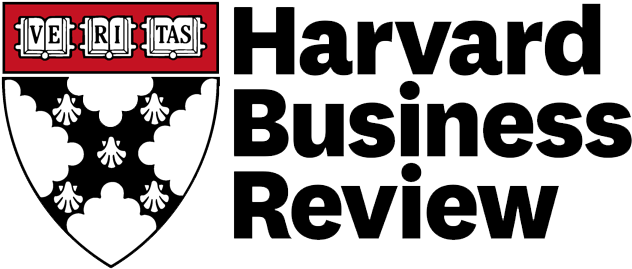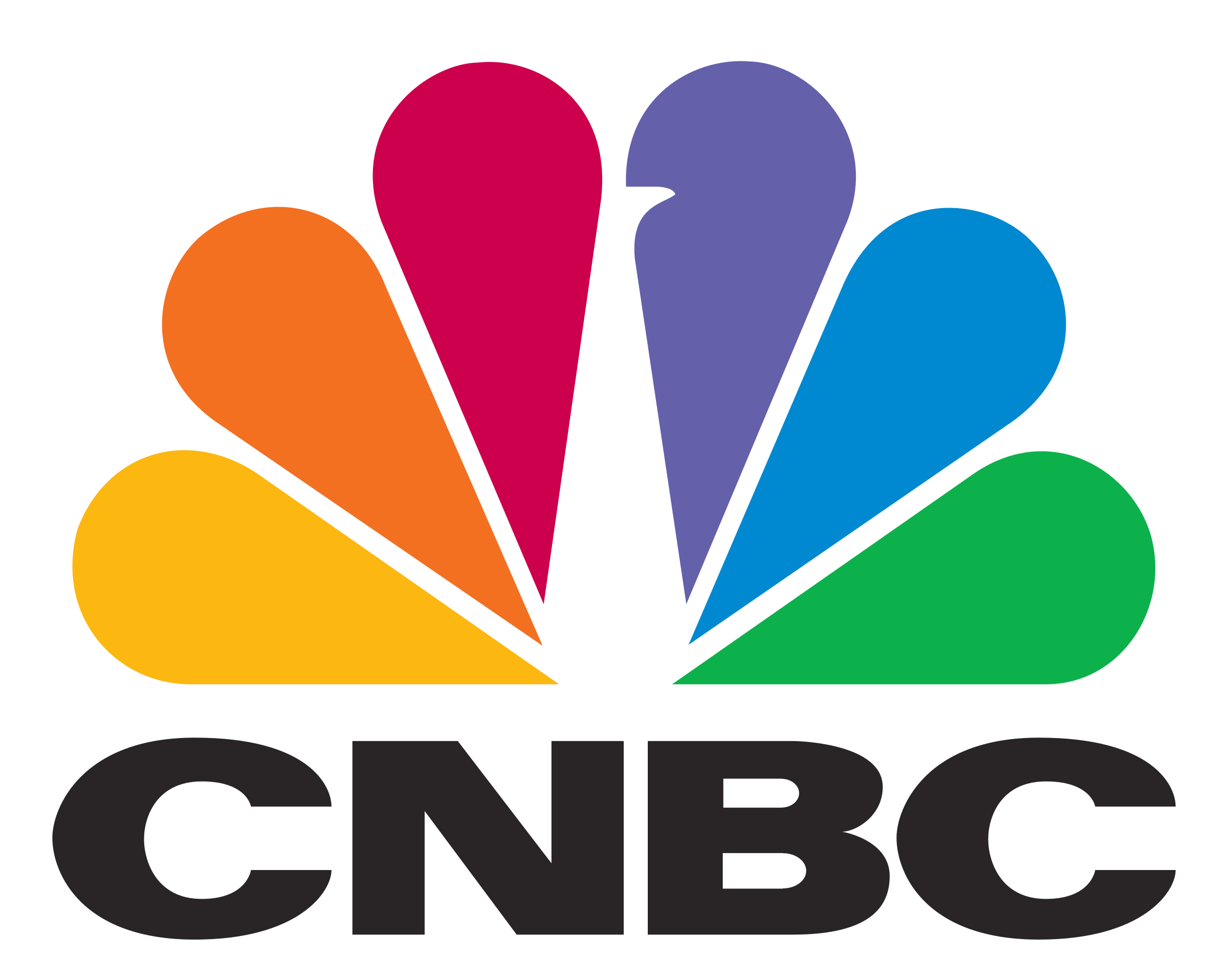
Empower
Employees
with a confidential, trusted way to report problems and get professional guidance
Quantify
Systemic Issues
ranging from subtle, insidious slights to severe, overt discrimination and harassment
Improve
Workplace Culture
by providing effective prevention strategies and actionable recommendations
Trusted by industry-leading organizations
How We Do It

For the individual, a sounding board
Employees use a private digital platform and confidential calls with trained professionals to get advice and create an action plan that best fits their individual need

For the company, data and insights
Aggregated data is used to track behavioral trends and identify opportunities to improve workplace culture that gives rise to unfair treatment
Establish a virtuous cycle to solve bias and harassment issues
A Proven Model
Organizations utilizing informal conflict resolution approaches, such as Ombuds, report a 50-80% reduction in litigation. The tEQuitable model is a modern Ombuds practice.
“The Organizational Ombudsman: Origins, Roles, and Operations: A Legal Guide” by Charles L. Howard
 Prevent harassment
Prevent harassment Create a healthier work culture
Create a healthier work culture Increase diversity
Increase diversity Promote retention
Promote retention Augment employee engagement
Augment employee engagement Reduce risk of lawsuits
Reduce risk of lawsuitsFeatured In
Why We Do It
We envision a future where everyone can bring their whole, and best, selves to work.
78%
of employees report experiencing some form of unfair behavior or treatment*
40%
of employees indicated that mistreatment played a major role in their decision to leave their company*
$16B
unfairness related turnover is a $16b a year problem*
*2017 Kapor Center for Social Impact “The 2017 Tech Leavers Study”
It's really important for an employee to open up and share things that might be happening to them at work, without attaching their name to it. What we get on the back end is data, not that says who said something, but around the teams and functions where we may have some issues.
LaFawn Davis | Global Head of Culture and Inclusion























